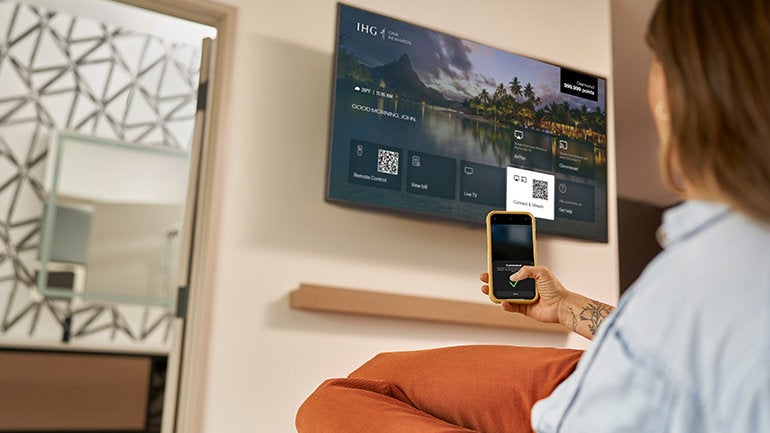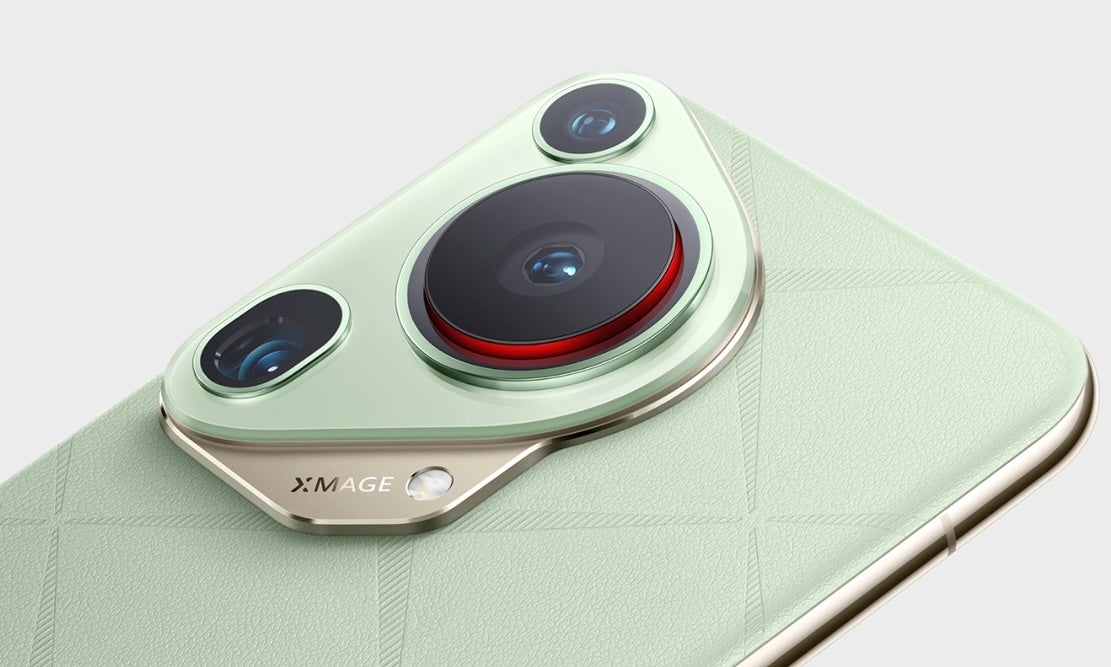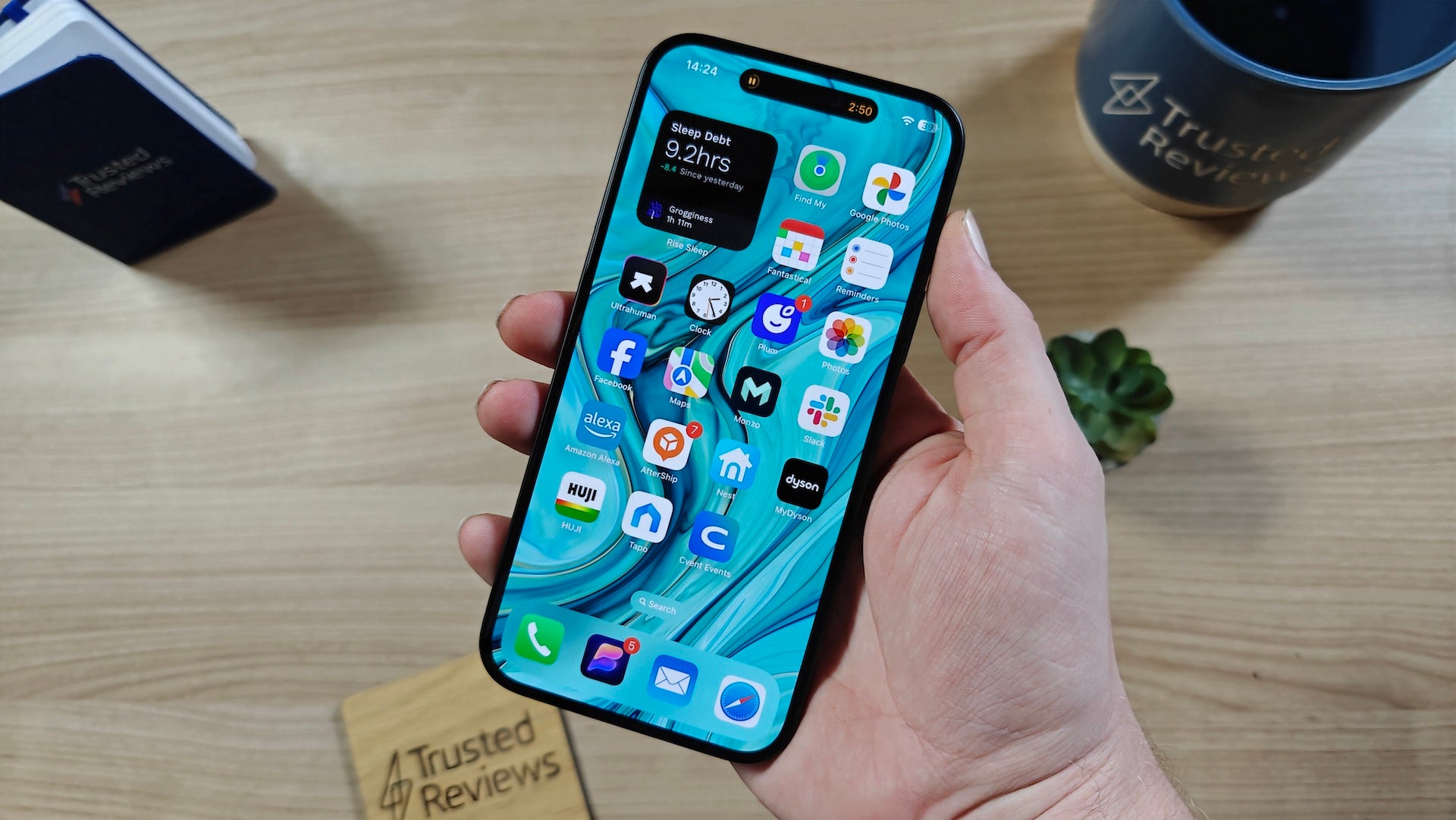Xiaomi 12 vs Xiaomi 12 Pro: Which one is worth your money?
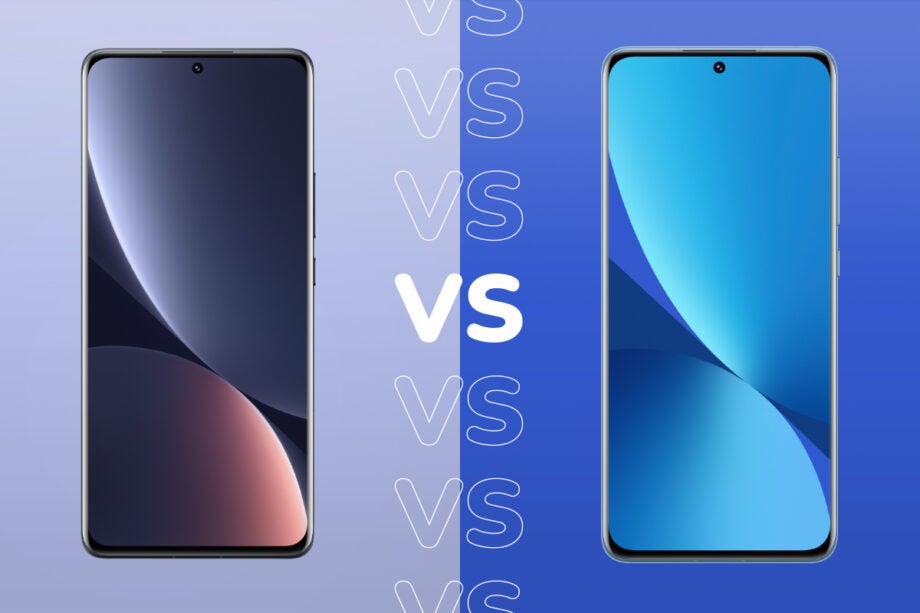
Xiaomi has just launched a new flagship range of smartphones, and there are some promising specifications across the board. Is it worth your money to go all the way up to the Pro version, or could you be satisfied with the standard Xiaomi 12? In this article we put them head to head so that you can decide.
This article is an early comparison based on our early impressions of the two phones, having used them for roughly 24 hours. We’ll update this page with our final verdict on how the two compare once we’ve put the Xiaomi 12 and Xiaomi 12 Pro through our full review process, which involves lab tests and using each phone as our primary handset for at least 5 days.
Design
The two handsets are actually very similar in looks, and as far as we’re concerned that’s a good thing. Both have a frosted glass rear panel that’s not only attractive to look at but also guards well against fingerprint smears and is relatively understated compared to the gaudy gloss that’s present on some rivals. The camera module also looks good without being overbearing.
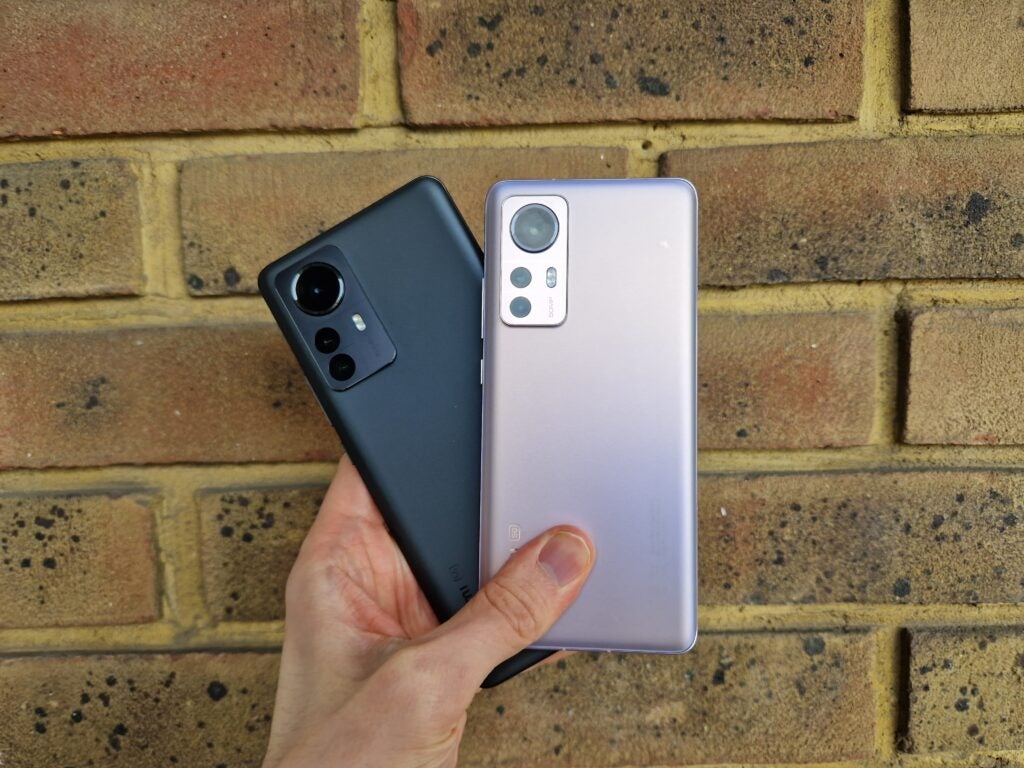
The main difference between the two handsets is simply size, with the Pro version being significantly bigger than the standard edition – and this is simply a matter of taste or personal preference. You might prefer a larger display for watching TV series or playing games, but you might plump for a smaller device if you want something that’s easier to manage with one hand.
The Xiaomi 12 Pro measures 163.6 x 74.6 x 8.2 mm and weighs 204g, while the Xiaomi 12 measures 152.7 x 69.9 x 8.2 mm and weighs 179g.
Screen
Evidently, given the Xiaomi 12 Pro’s bigger size, it packs a bigger screen than its counterpart – 6.73-inches rather than 6.28-inches to be precise.
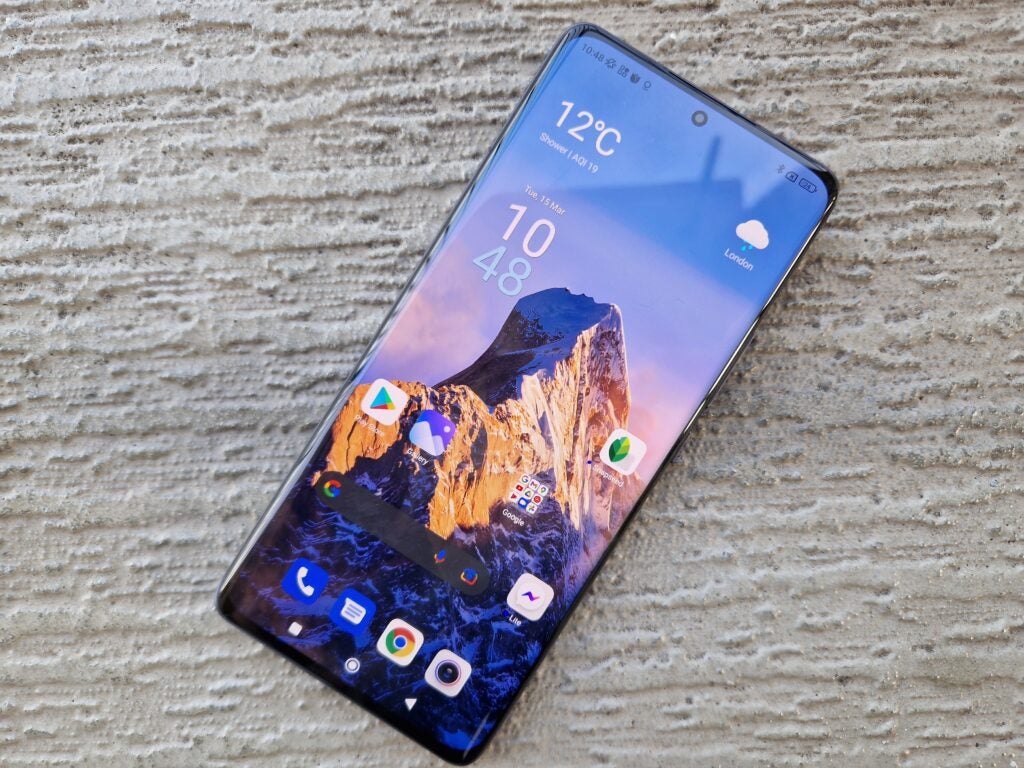
But on top of its size difference, there are several key spec differences. The Pro has an LTPO panel rather than a regular OLED and it has a much higher resolution too, with its WQHD+ panel giving around 521ppi (pixels per inch) rather than the 419ppi of the Xiaomi 12’s Full HD+ panel.
On the other hand, there are plenty of similarities between the two on this score too. Both displays support HDR10+, have 120Hz refresh rates, and are made of robust Gorilla Glass Victus as well. Having used both, it’s clear that the Xiaomi 12 Pro is the better screen and is a joy to use, but the standard Xiaomi 12 still acquits itself well too. The big difference stems from the Pro’s added size and visibly better maximum brightness which makes movies and games much more immersive.
Camera
The camera is another key battleground between these two handsets, and it seems like the Pro easily comes out on top.
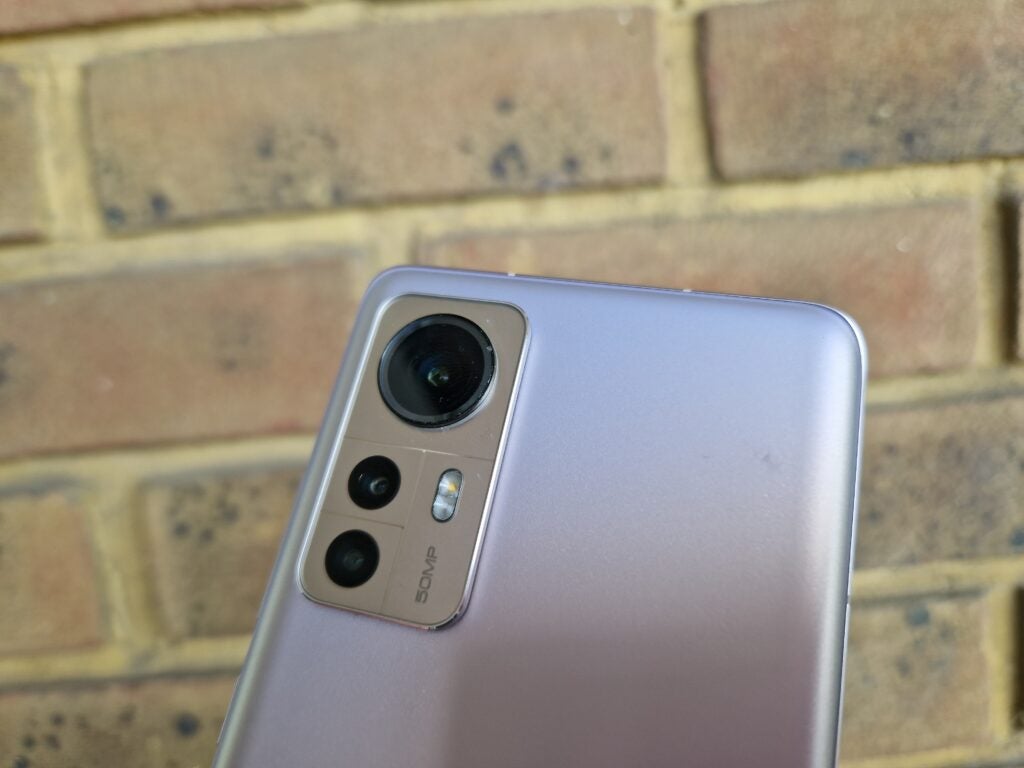
The standard Xiaomi 12 has a 50-megapixel main sensor, a 13-megapixel ultrawide lens, and a 5-megapixel macro. By contrast, the Pro version has three 50-megapixel sensors; one wide angle, an ultrawide, and a telephoto with 2x optical zoom.
We’ve not yet done a detailed comparison between the cameras on each of these phones, but at this early stage it seems that the Pro offers more versatility and competence across its range of sensors, so if you’re a keen smartphone photographer then it’s likely to be the better option for you. During my opening times with the phone I found the regular 12’s ultrawide didn’t perform nearly as well as the Pro, in particular.
Performance
While you might expect the Pro to have the better processor too, that’s actually not the case; both of these phones run on Qualcomm’s top-tier Snapdragon 8 Gen 1 chipset, so you can expect a true flagship performance level from both of them. We’ll offer a more thorough break down of the two phones performance when we get a chance to run them through Trusted’s standard suite of synthetic benchmarks. These are special tests that run a series of simulated tests to gauge how a device handles key things like imaging, gaming and general web browsing.
Battery
The difference in battery capacity might not seem all that great (the Pro has 4600mAh cell, while that of the Xiaomi 12 is 4500mAh), but the fast-charging is where the real change comes into play.
The Pro has 120W fast-charging, which is said to deliver 100% in 18 minutes, while the standard version has a nonetheless still impressive 67W fast-charging, which should see it all topped up in 39 minutes. The two phones also support 50W wireless charging, so if you’d prefer not to plug in then you should still see your phone getting swiftly juiced up, whichever one you select.
Price
As you’d expect, when it comes to pricing then you’ll have to shell out a bit more for the Xiaomi 12 Pro. The top-range model has a starting price of $999 (~£765) while the standard Xiaomi 12 will set you back a bit less; $749 (~£575) is the Recommended Retail Price.
We’ve yet to receive official UK pricing, but the devices are expected to go on sale here in April.
Early Verdict
To conclude, the biggest differences between the two mainly lie with the camera, the screen, and fast-charging. The Xiaomi 12 Pro is likely to have a better all-round camera performance thanks to its more impressive secondary sensors, and it’s got a bigger and sharper display as well, while its fast-charging also outstrips that of its little brother. That said, the Xiaomi 12 really doesn’t lag that far behind where it matters, and still has plenty of impressive specifications to its name as well.
If you want a high-performing flagship for a competitive price, the Xiaomi 12 Pro looks promising from what we’ve seen so far. However, if you’re willing to make a couple of compromises for a lower price but still want a strong core experience from your phone – and crucially if you’d actually prefer a smaller, more manageable device – then the Xiaomi 12 could actually be just right for you.
Specs Comparison
Use the table below if you’d like to directly compare the specifications of the two devices.




